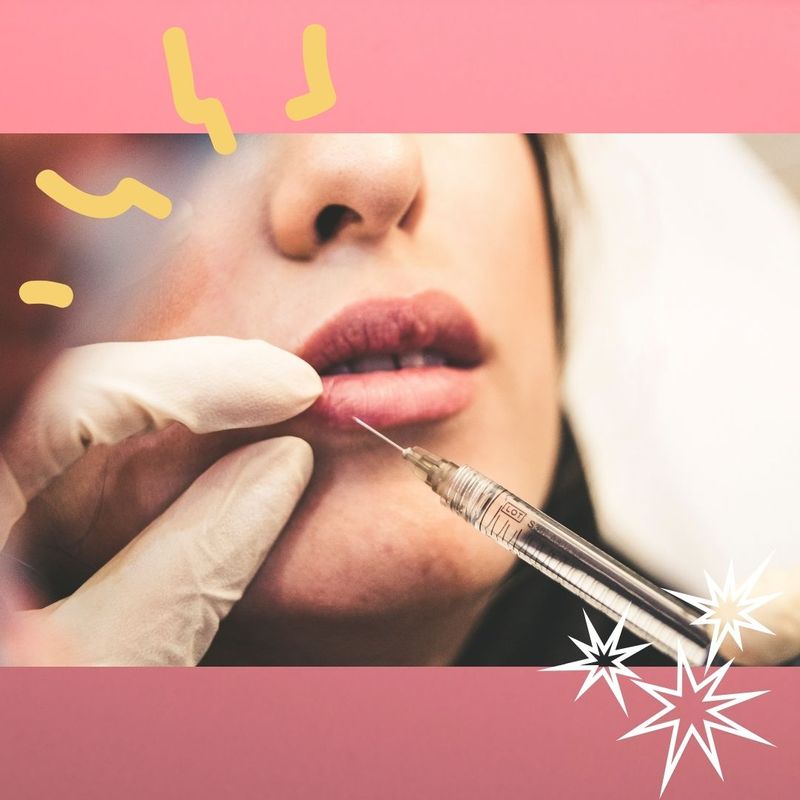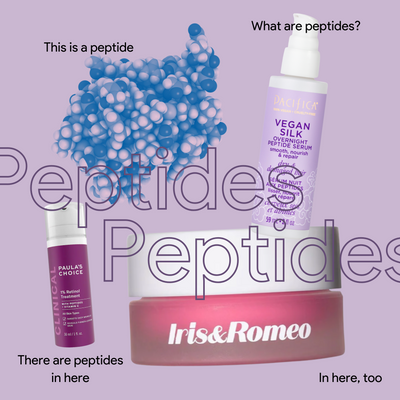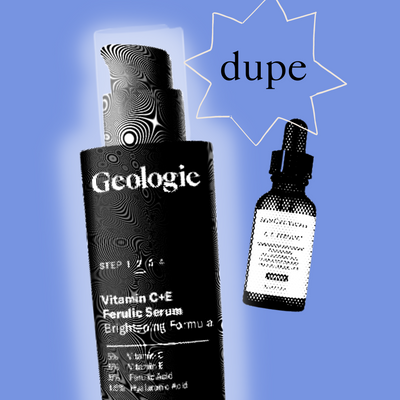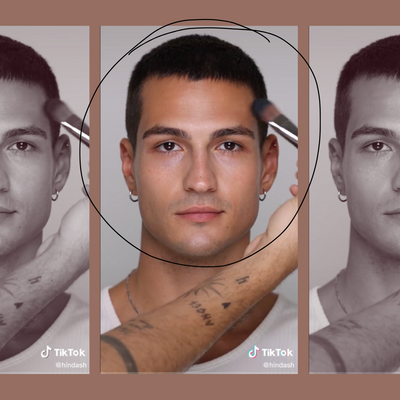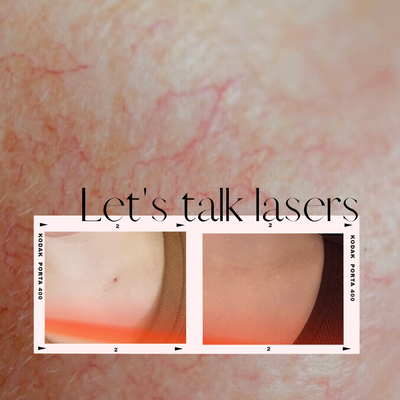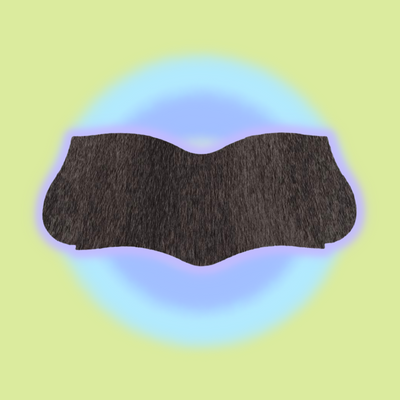Embarking on facial feminization surgery, or FFS, is not an easy decision to make, not to mention invasive and incredibly expensive.
For those of you who aren’t familiar with FFS, it is a series of surgeries that involve the cosmetic modification of someone’s facial features to appear more feminine. These surgeries can cost anywhere from $20,000 to $50,000 and above depending on the surgeon and the number of procedures performed.
SEE ALSO: What it’s like to suffer from hair loss when you’re non-binary
As a non-binary transwoman, I often find myself faced with the dichotomy of whether feminization is something I want to do or not. While I don’t believe trans women need to fit into the patriarchal gender binary, I also understand firsthand the impact that gender dysphoria can have on one’s mental health. I found that when combatting my own dysphoria, having access to information and knowing what options existed helped. With the cost of FFS top-of-mind and feeling unobtainable, I grew fascinated with what non-surgical, less expensive procedures exist out there that can help to provide a more feminine look.
In my search for information, I was presented with the opportunity to speak with Stacy Garrity, a skilled Nurse Practitioner at Ever Body, a medical spa in New York City.
When I visited Stacy at Ever Body Soho, I was very nervous. As a trans person, it can be uncomfortable to talk about the things about ourselves that perpetuate your gender dysphoria, but from the moment I met Stacy, it felt like a safe space to talk about my insecurities without judgment. I spoke with Stacy candidly about the different non-surgical procedures that exist and got her professional opinion on what she recommends in order to achieve a more feminine appearance.
Botox
For transwomen, Botox is a quick, highly successful, and minimally invasive procedure consisting of a few tiny injections to help achieve a feminine look. It’s universally known that Botox can help reduce the appearance of wrinkles and fine lines, but one thing I was surprised to learn is how Botox can help to relax certain muscles and areas of the face that are often responsible for a masculine appearance. This works because Botox blocks the release of a chemical that causes the muscles to contract and enables them to relax.
When speaking with Stacy about Botox and what areas of the face she would look to address, the options were interesting.
First, Botox can help to lift the brow. On an assigned-male-at-birth (AMAB) individual, it’s common for the brow to sit lower on the face, closer to the eyelid, making for a smaller eye area. To achieve a higher set eyebrow, it’s common to introduce Botox, lifting it higher to sit above the brow ridge, helping the area around your eyes to open up. All of which are associated with a feminine appearance.
Another way Botox can help the brow is in regard to brow bossing. Brow bossing is used to describe a prominent, protruding forehead that’s also often associated with a heavy brow ridge and is very common amongst people of all genders, but specifically associated with a masculine look. The way to address this is through a Botox brow lift.
A Botox brow lift treats frown lines between your brows and also elevates the height of your eyebrows. It works by relaxing the underlying muscles to smooth your skin on the outside and relaxing the muscles between the brows, which is often responsible for that brow protrusion.
This principle is also commonly applied to jaw redefinition and addresses a square jawline, another masculine-identified trait. Botox can ‘soften’ your features and round out your face by relaxing the muscles in your jaw. When the jaw muscles are relaxed, they shrink slightly in size, allowing you to have a slimmer and more defined jawline.
Dermal filler
Volume. When speaking with Stacy about feminization the conversation continuously went back to dermal fillers. Choosing where to fill and the right kind of filler are centrally important in achieving this.
One area often considered when working with a patient with these goals are the cheeks. The presence of a fuller, more projected cheek is an easy way to achieve that feminine appearance and helps to draw out buried or deflated cheekbones. The areas of the cheek are broken up into the upper cheek and lower cheek and are treated with different injection techniques to create a very natural and authentic shape.
Another universally common area for dermal fillers are the lips. This adds a volume and suppleness that’s often associated with a more feminine look.
Lips didn’t come as a surprise to me, but the use of fillers for chin augmentation did. It’s common for AMAB individuals to have a more square jawline and not as pointed. In combination with Botox, dermal filler can add fullness to make a more pointed chin, thus creating the appearance of that triangle proportion with the chin and two cheekbones. Think Naomi Campbell.
It’s recommended that patients do jaw redefinition, cheek volumization, and chin augmentation at once to achieve a more symmetrical and feminized face. And it’s important to mention that dermal fillers do need to be touched up every so often and Stacy recommended upkeep filler every 12 to 14 months to maintain that feminine appearance.
Hair restoration
Another non-invasive trick is PRP hair restoration, as opposed to the expensive and painful traditional hair transplant.
PRP stands for Platelet-Rich Plasma that is obtained from your own blood and is reinjected to specific areas to stimulate healing and growth. So yes, you do need to be comfortable having your blood drawn and then reinjected into your scalp. PRP has been proven to boost the growth of hair follicles, tissue repair, wound healing, improving your scalp and the volume of your hair and is vastly less expensive than a hair transplant.
Stacy did bring to my attention that PRP is a great method for hair loss prevention, meaning it’s best to do this at the earlier signs of balding. Stacy made an analogy to grass, it’s great for people with “patchy grass areas,” more so than people who have “no grass” at all. It’s always best to have about six PRP sessions to see optimal results, but even so, the degree of results varies from person to person.
Knowing what’s out there helps address my gender dysphoria, which has a direct impact on my mental health, and this doesn’t feel as out of reach as FFS. This helped to bring a level of ease to an already overwhelming transition. I hope that this guide can help provide a little of that to you. The hour I spent with Stacy during our consultation helped to give a sense of peace in knowing that the image I have for myself, my future, and the destination I seek in my transition is realistic – a feeling I do not take for granted.
DISCLAIMER: The information, including but not limited to, text, graphics, images, and other material contained on this website are for informational purposes only. No material on this site is intended to be a substitute for professional medical advice, diagnosis, or treatment. Always seek the advice of a qualified healthcare professional with any questions you may have regarding treatments or procedures, and never disregard medical advice or delay in seeking it because of something you have read on this website.
1) Getting botox for the first time was not what I expected.
2) Rael’s new acne collection made me realize how much I missed my pimples, not!

